My friend and fellow boatbuilder in the Northwest, James McMullen, created a very useful set of drawings to help people learn how to use our favorite sailing rig, the Lug-Yawl. For sail & oar boats you cannot have a more versatile and fun rig for your boat. Clint draws these rigs into most of his designs, such as the
or the
Goat Island Skiff with a mizzen
. Please look at these drawings and imagine how this rig could fit into your own sailing.



Now that you have seen these diagrams you can also see how useful the mizzen would be for switching from sailing to rowing and vice versa. While the mizzen is hauled in, the boat will keep herself pointing into the wind so the sail can be raised and lowered without filling and causing the boat to fall off one way or the other. I have found the mizzen useful for stopping and taking a break or for restowing gear or for dealing with safety matters. In these cases, it is best to learn to "heave-to" so that your boat doesn't lose too much ground. That is one drawback of lying head-to-wind under mizzen: you need to have plenty of leeway...no boats, rocks or land to get blown down upon. The advantage of heaving-to is that you don't lose too much ground at all. We make light, strong
and have intimate knowledge of the Lug-Yawl.





